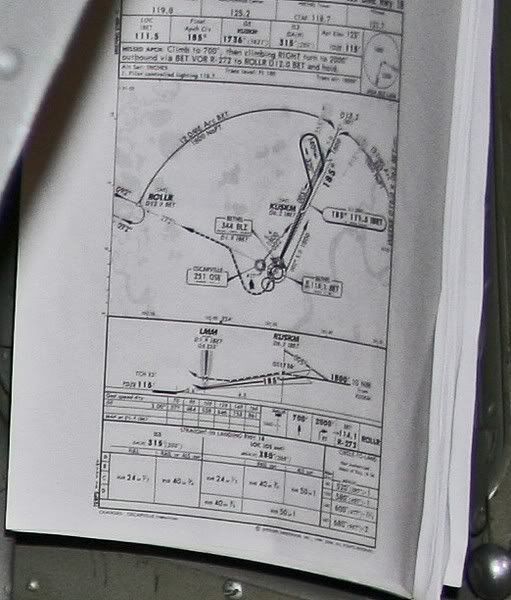I finally have a chance to post some pictures from Northern Air Cargo's C-118/DC-6 simulator.It's a very interesting experience "flying" that machine.I know,for instance,that it is solidly mounted to the floor,but after 5 minutes of flying the departure from Bethel and intercepting the DME arc for the ILS approach to Runway 18,you'll never convince me that the simulator doesn't move.The inner ear plays tricks,I guess.
The simulation is really quite good.There's a very slight lag in response to control inputs,but that's apparently due to the age of the operating system,which consists of hundreds,if not thousands of vacuum tubes and IBM punch cards,as well as many miles of wiring.There's an entire wall covered with 6 foot deep that are full of these items.I don't know what the power requirements are,but they must be massive.The vacuum tubes also create a vast amount of heat.
We find that the simulator is very useful in allowing us to actually perform the procedures involved in almost every concievable emergency.The fire warnings are accurate and you have to use the correct procedures to correct the problems,most of which are too dangerous to do anything more than read the checklists and pretend to pull fire bottle handles,or whatever.
Here is the simulator in Anchorage
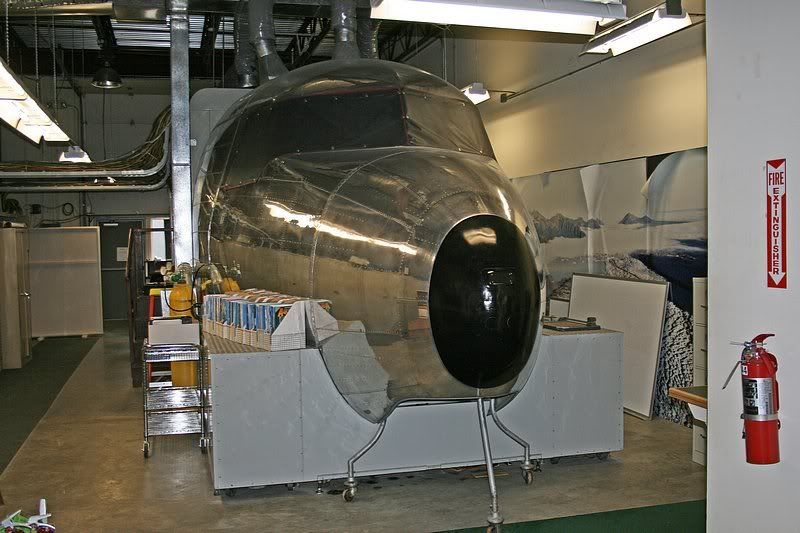
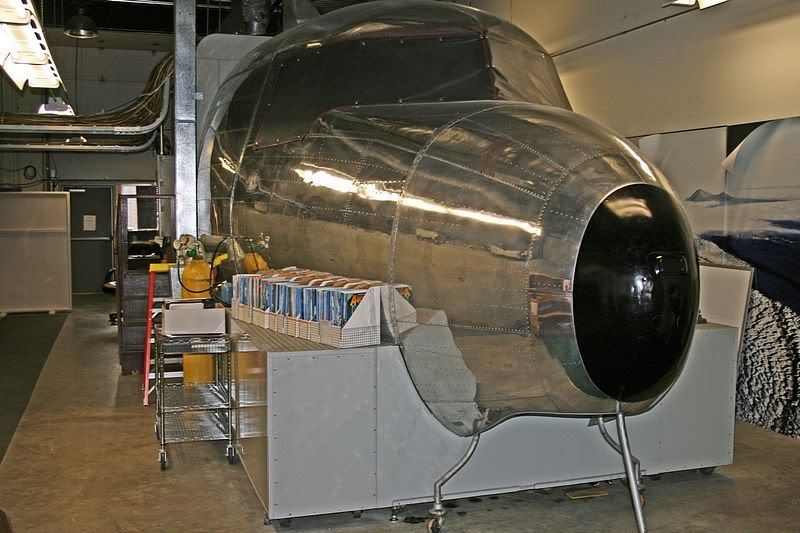
This is a view of the right side of the sim just aft of the cockpit and the alternate entrance stairs
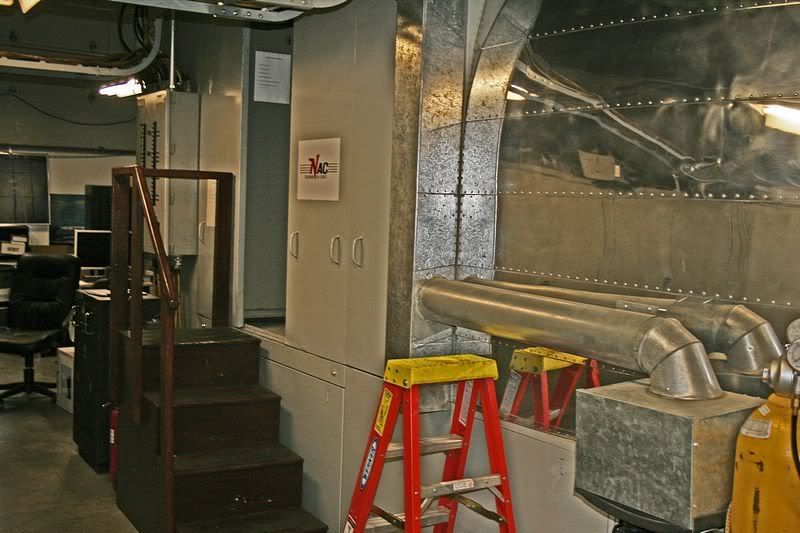
This is the back of the simulator showing the stairs from the previous picture to the right
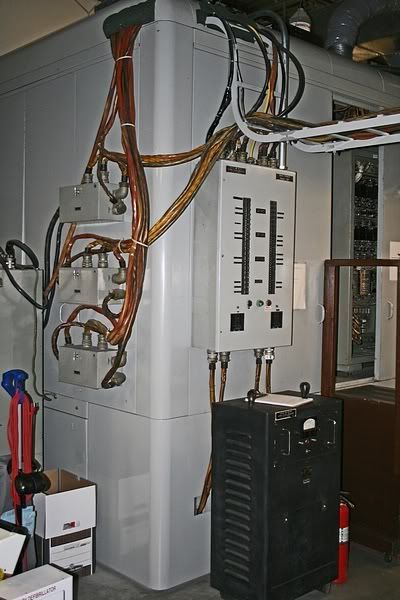
This bank of electrical boxes is to the left as you enter the room where the simulator is located.Each is full of vacuum tubes,relays,punchcards and wiring.The second picture is the electrical box at the rear corner of these cabinets.
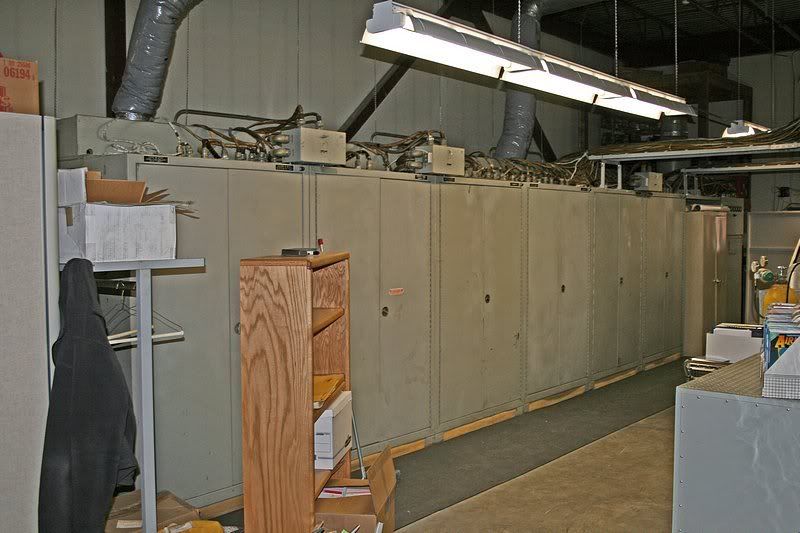
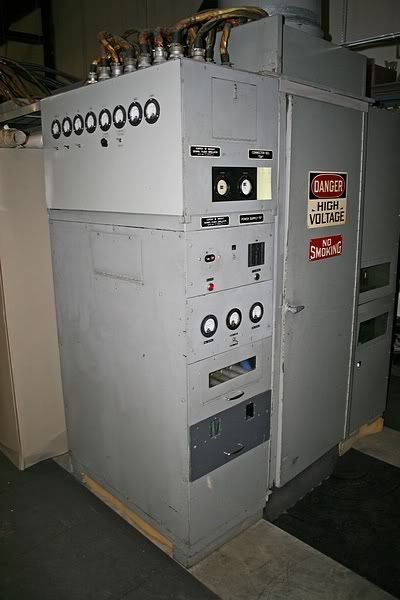
Normally,the simulator is entered through a door on what would be the left side of the airplane.That's where the data plate is located.On the second day of training,one small panel behind the door was open to expose some of the "guts" of the system.


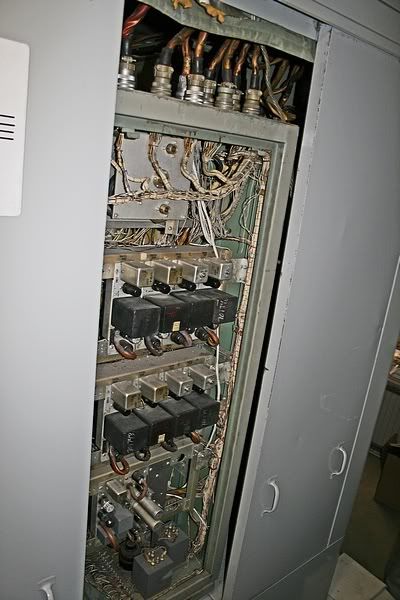
Here are some cockpit pictures.All systems,including pressurization and the heater/air conditioning sysytems and related malfunctions can be accurately simulated.We didn't work with these systems,though,as all componenents have been removed from our tankers.

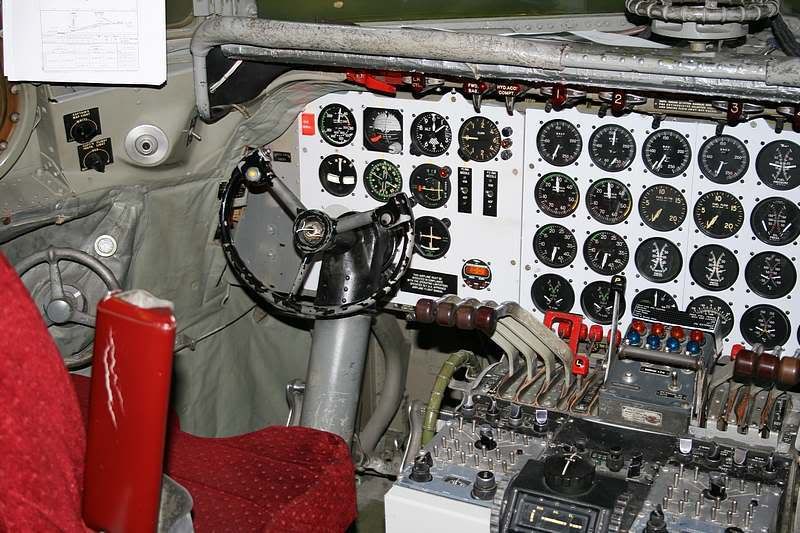
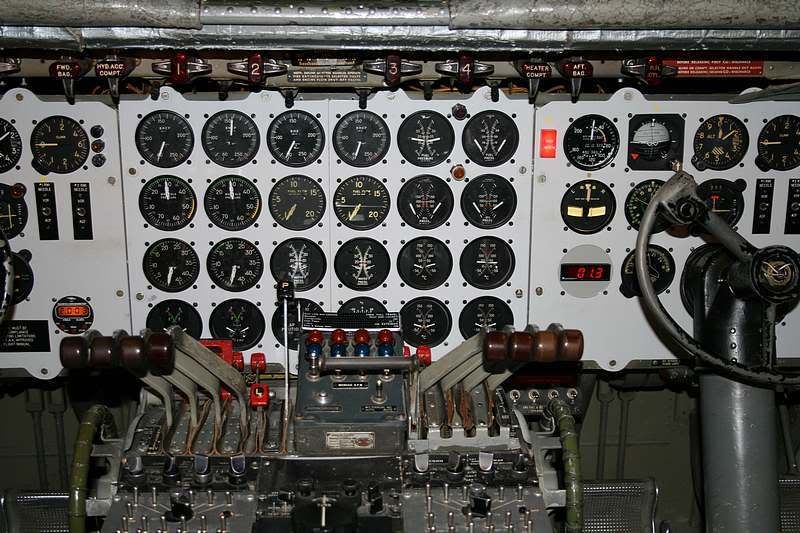

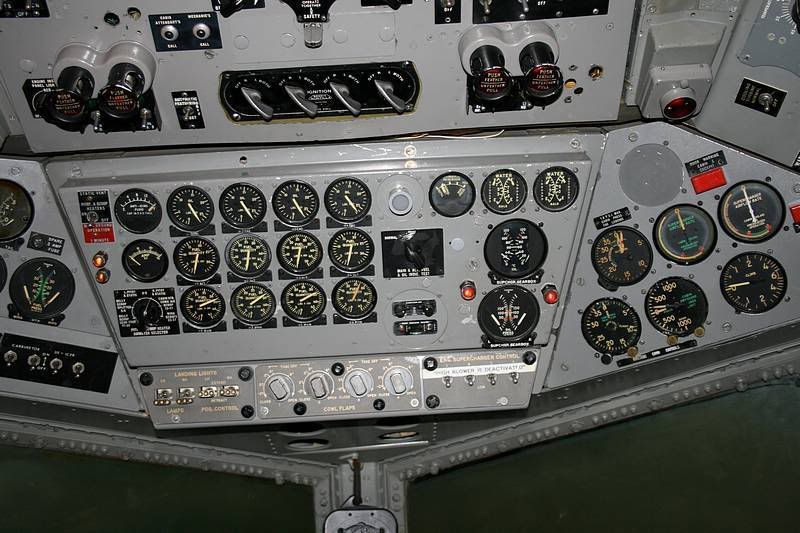
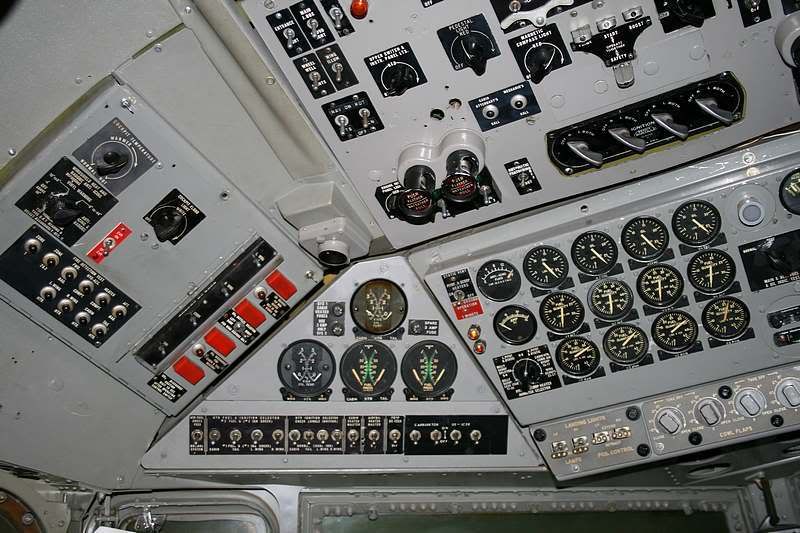
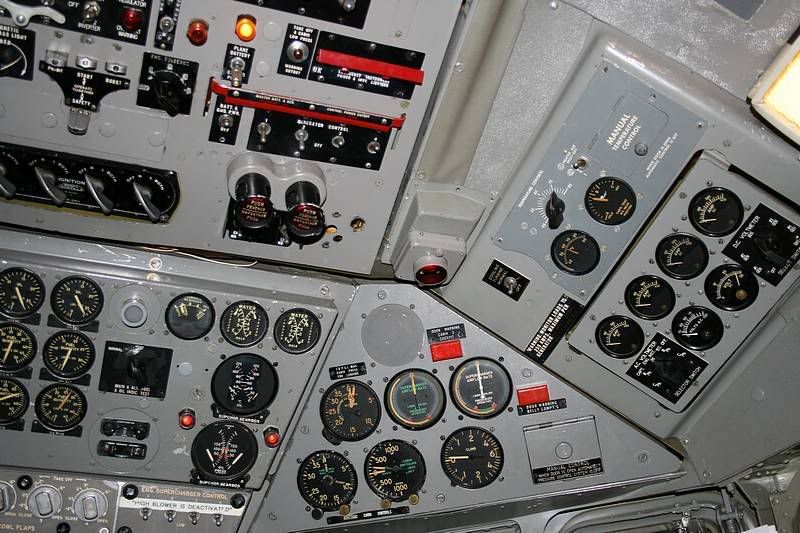

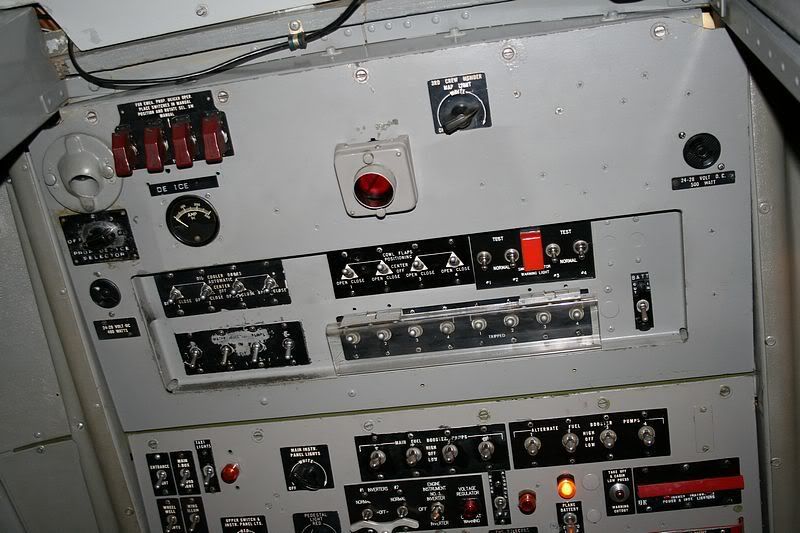
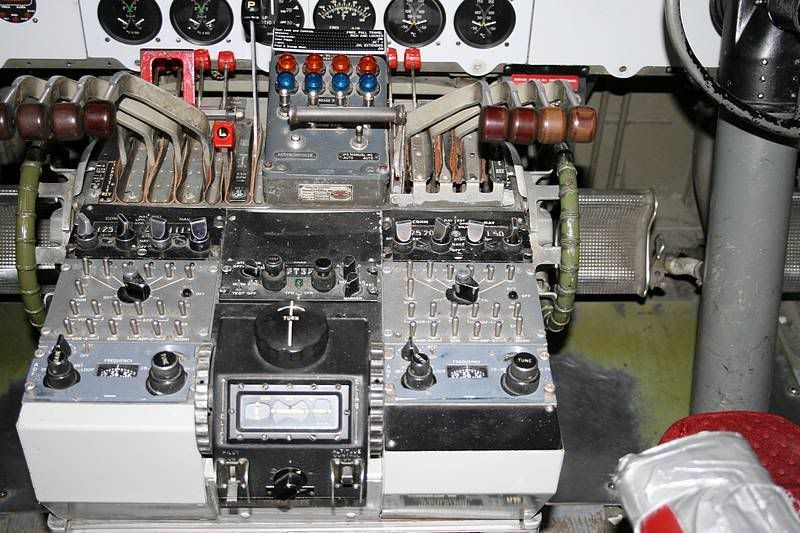
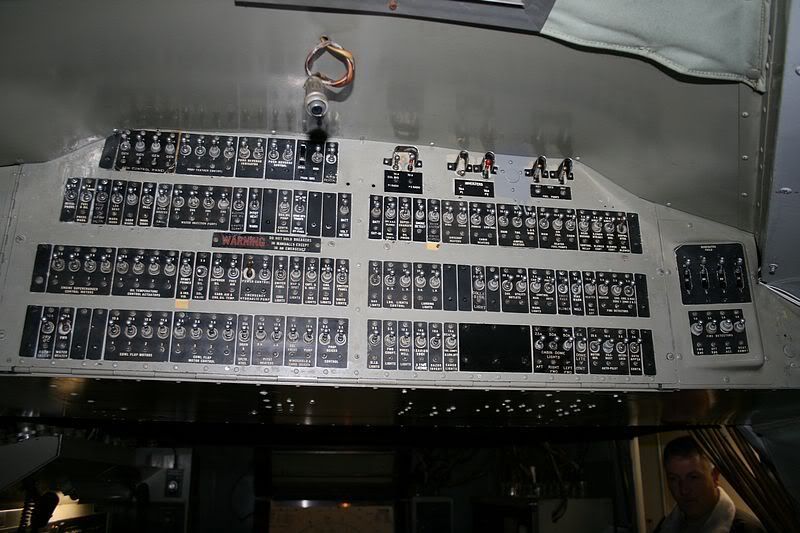
These pictures are of the controls in the instrucor's section of the simulator.In the back,are the controls for the radios and a navigational tracking record that is similar to a Link Trainer.The large box with all of the switches and lights controls malfunctions to engines and systems.
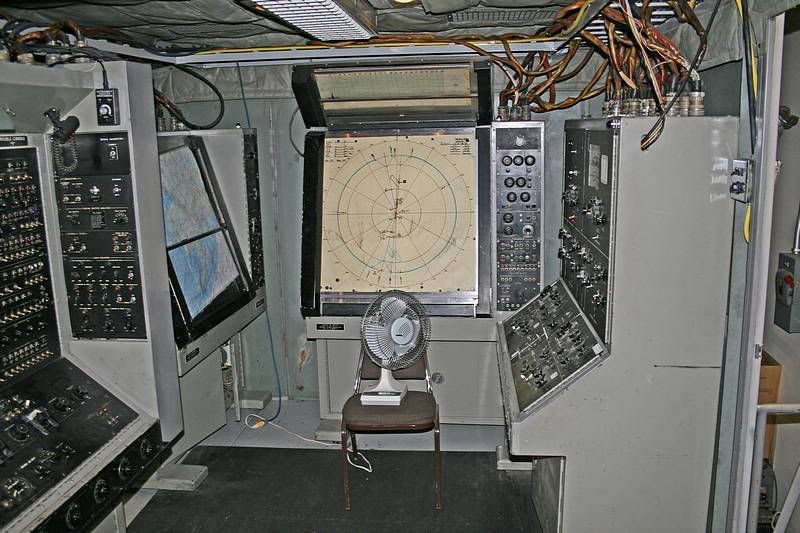
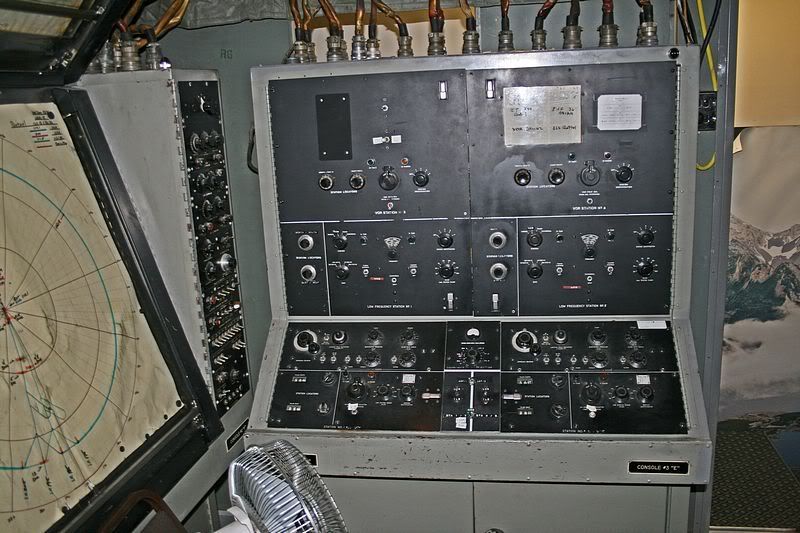
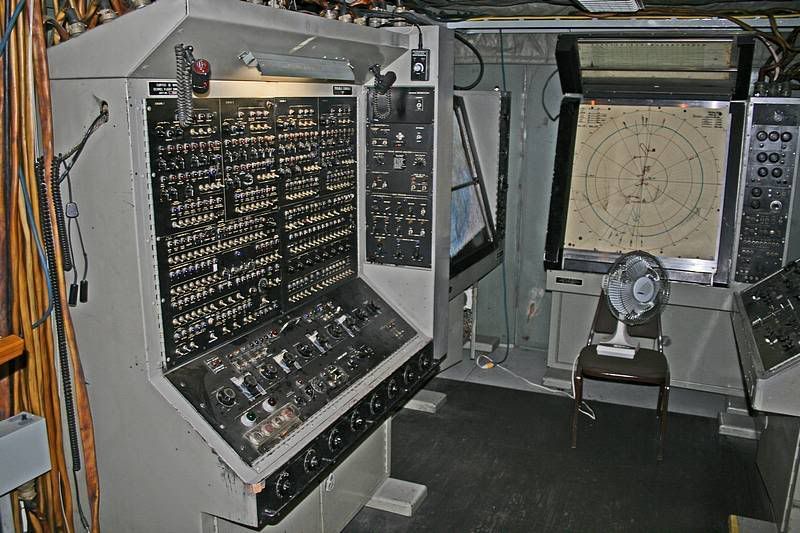
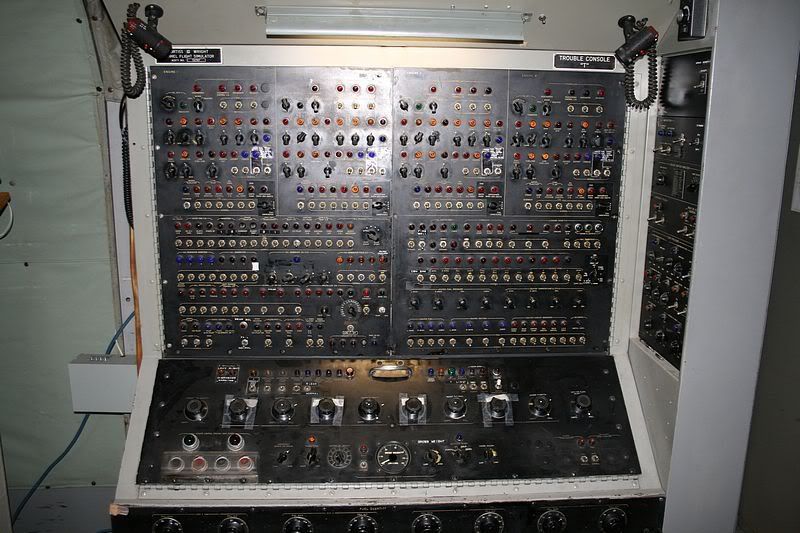
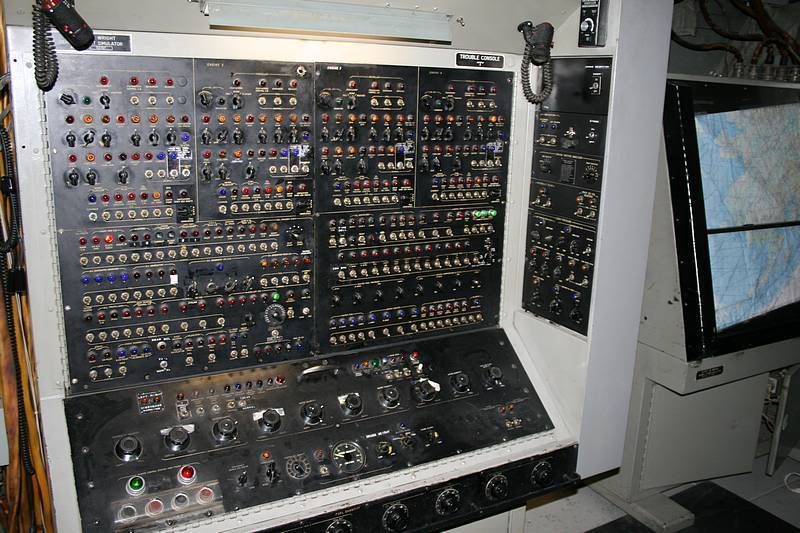
I have more detailed pictures of some of the instructor's control panels and some other views of the interior,but these pictures should give an idea of what this jewel of a machine looks like.I didn't get a copy of the approach plate for the ILS Runway 18 procedure for Bethel,Alaska,but this is cropped from one of the cockpit pictures.
